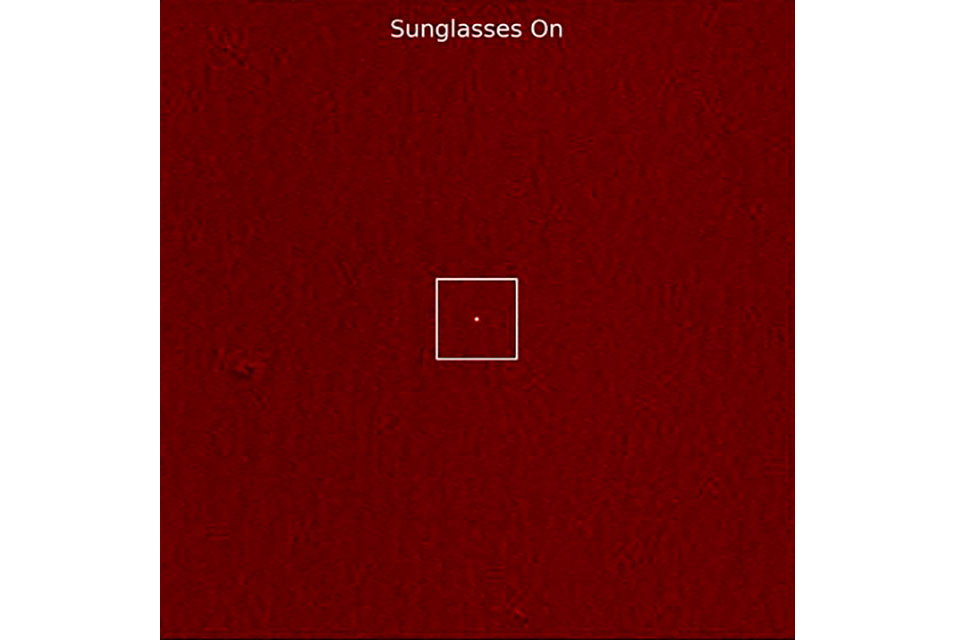CANBERRA.- An international research team, including scientists at Australia's national science agency,
CSIRO, has used a new observation technique to discover the brightest extragalactic pulsar known, and it could even be the most luminous one ever found.
First discovered in 1967, pulsars are remnants of massive stars and offer researchers potential applications in areas like random number generation and guidance systems for spacecraft.
The research team used the ASKAP radio telescope, owned and operated by CSIRO, to apply a new method of seeking out pulsars. By using the astronomical version of "sunglasses" to capture light that is polarized, they found a never-before-seen pulsar that is 10 times brighter than any other detected outside our galaxy.
CSIRO researcher Yuanming Wang is a Ph.D. candidate at the University of Sydney and lead author on the research, published by The Astrophysical Journal.
"This was an amazing surprise. I didn't expect to find a new pulsar, let alone the brightest. But with the new telescopes we now have access to, like ASKAP and its sunglasses, it really is possible," Ms. Wang said.
Professor Tara Murphy, from the Sydney Institute for Astronomy at the University of Sydney, is leading the team that saw the first hints of this unusual pulsar in the ASKAP data and confirmed its existence with the South African Radio Astronomy Observatory's MeerKAT radio telescope.
"We should expect to find more pulsars using this technique. This is the first time we have been able to search for a pulsar's polarization in a systematic and routine way. Because of its unusual properties, this pulsar was missed by previous studies, despite how bright it is," Professor Murphy said.
Professor Elaine Sadler, Chief Scientist of CSIRO's Australia Telescope National Facility, which includes ASKAP and two other telescopes used in the study, said it is incredible that the first pulsar to be found using this technique is an extreme one.
"This speaks to all the great things we can expect from our telescopes and researchers as they constantly find new ways to answer some of our biggest questions. From ATCA to ASKAP, the Australia National Telescope Facility continues to provide wonderful access to our universe," Professor Sadler said.
A pulsar is a rapidly rotating neutron star that emits two beams of polarized radio light. As the beams flash across space they create a unique timing and polarization signature.
Traditional methods of finding pulsars look for this flickering in telescope data but can miss those that are too fast or too slow. By looking instead for light that is polarized, pulsars outside the standard timing range can be found.
Before now, the bright spot in the radio data was overlooked as a distant galaxy.









